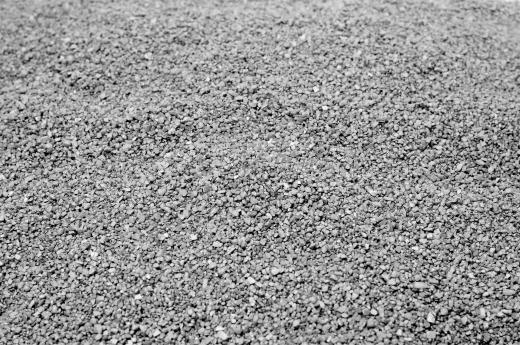Also known as a concrete masonry unit, the split-face block is a type of concrete block that has an added element of design that creates a visually attractive look. The texture of a split-face block is somewhat like that of cut stone, and is distinguished by the presence of a split down the middle of the block. For the most part, these types of blocks are used for exterior construction on institutional and commercial buildings, as well as for exterior retaining walls.
The creation of a split-face block begins with the combination of Portland cement, a certain amount of water and specified aggregates such as gravel or sand. In addition, admixtures will also be included in order to provide the finished split-face block with certain characteristics, such as repelling water or retarding erosion due to exposure to the sun and other natural elements. Once the combination of ingredients are blended, the blocks are molded to the desired size and shape and then compressed slightly to make the material as dense as possible. At this stage, the split-face block is allowed to cure.

After the split-face block is cured, the block is split lengthwise or crosswise, depending on the design preferred for the task. This leaves a texture that is rough and somewhat like that of a partially weathered stone. The aggregates, especially any that were introduced as a means of adding color and texture, help to achieve the look of the blocks and also provide the finished product with any hints of color that were added to the aggregates by means of the admixtures.
Because it is so easy to conform the production of a split-face block to the type of building project, the blocks are available in a wide range of colors, textures, and shapes. Many communities contain production facilities that can make the blocks using resources native to the location. This means the blocks do not have to be produced at some distant location and shipped to a building site.
The applications of split-face block tend to be more in the area of commercial and institutional construction projects. These may include building facades, block walls surrounding property, or even interior walls. There are examples of split-face blocks being used to create municipal buildings, office buildings, and even houses of worship. Often, the blocks are treated to retard erosion due to exposure to water or rain.

